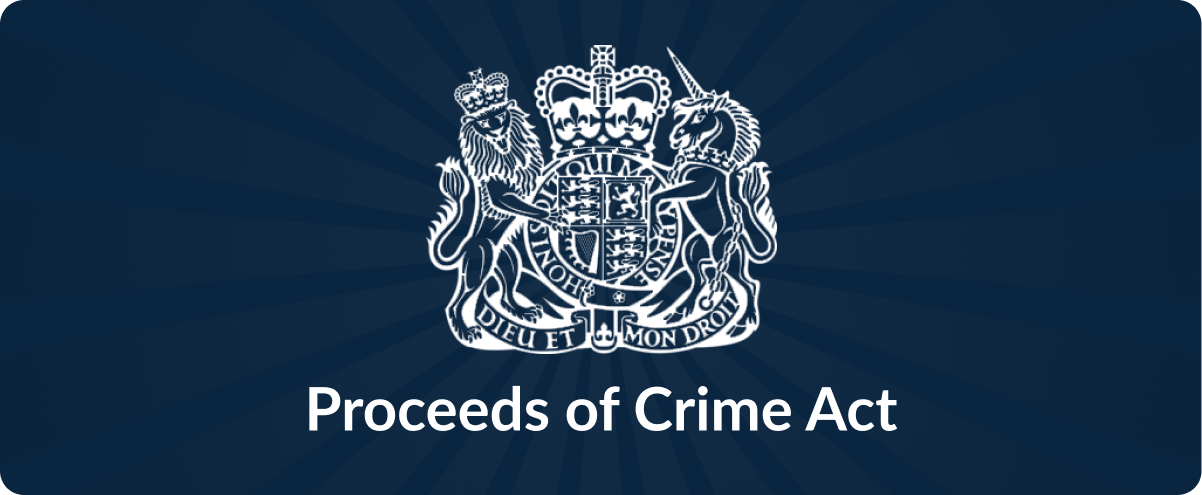Table of Contents Show
Banks, electronic-money institutions and other regulated firms will soon be able to process or refund up to £3,000 in suspected criminal funds without first seeking “defence against money-laundering” consent from the National Crime Agency. The change – set out in the Proceeds of Crime (Money Laundering) (Threshold Amount) (Amendment) Order 2025)—raises the exemption limit from £1,000 and comes into force on 31 July 2025.
Why Ministers Pushed for an Uplift
In 2024 the UK Financial Intelligence Unit received roughly 23,000 low-value DAML reports covering transactions between £1,000 and £3,000. Only 0.1 percent were ultimately refused, tying up staff and stalling legitimate customers, the Home Office told peers earlier this month. Moving the line to £3,000, officials argue, frees investigators to focus on larger, higher-risk cases.
How the £3,000 Line Works
| Section | Who benefits | New ceiling | Practical effect |
|---|---|---|---|
| 339A(2) | Deposit-taking bodies, EMIs, payment institutions | £3,000 per transaction | Routine account operations (e.g., paying a utility bill) no longer need DAML consent below the limit. |
| 339A(6A) | Any business in the AML-regulated sector | £3,000 total | Firms may return funds to a departing client—say a law firm winding up a retainer—without breaching POCA. |
The order extends across England, Wales, Scotland and Northern Ireland and, by statute, takes effect 21 days after it is made—timing that aligns with the 31 July start date announced by the Home Office.
What Stays the Same
- A firm must still file a standard Suspicious Activity Report (SAR) whenever it believes money laundering is involved—regardless of value.
- The £3,000 exemption does not override sanctions screening or customer due-diligence duties under the Money Laundering Regulations 2017.
- Regulators retain the power to demand account freezes under POCA’s account-freezing orders.
Three Action Points Before the Deadline
- Update internal thresholds and playbooks. Align monitoring rules with the new £3,000 figure and brief frontline staff.
- Re-train investigative teams. Make clear that information-only SARs are still mandatory; the exemption touches only DAML consent.
- Refresh vendor settings. If you use a third-party screening platform, ensure alert triggers reflect the higher limit. Our latest comparison of top AML software providers breaks down which systems allow granular threshold-based rules.
Early Industry Reaction
Trade groups for retail banks welcomed the move as “proportionate,” noting that seven-day DAML holds on small payments frequently stranded legitimate customers. Civil-society groups urged close monitoring of outcomes to ensure criminals do not exploit the new headroom—a point the House of Lords scrutiny committee highlighted in its report.
Looking Ahead
The Home Office signalled it may revisit the threshold again if data show resources drifting back to low-value reports. For now, compliance teams should treat the July change as both relief and responsibility: fewer DAML filings, but no excuse to lower the guardrails on suspicious funds.




